Baking powder is a common household ingredient that can be used for a variety of purposes, including cooking and cleaning. One lesser-known use for baking powder is as a treatment for blackheads. Blackheads are a common skin condition that can be frustrating to deal with, but using baking powder can help to remove them safely and effectively.

To use baking powder for blackheads, it is important to understand how it works. Baking powder is a mild abrasive that can help to exfoliate the skin and remove dead skin cells, oil, and other impurities that can clog pores and lead to blackheads. When used properly, baking powder can help to unclog pores and leave the skin looking smoother and clearer.
There are several ways to use baking powder for blackheads, including as a facial scrub or as a spot treatment. It is important to use baking powder correctly and to follow a regular skincare routine to prevent blackheads from coming back. With a little bit of knowledge and the right approach, baking powder can be a safe and effective way to treat blackheads and improve the overall health and appearance of the skin.
Understanding Baking Powder
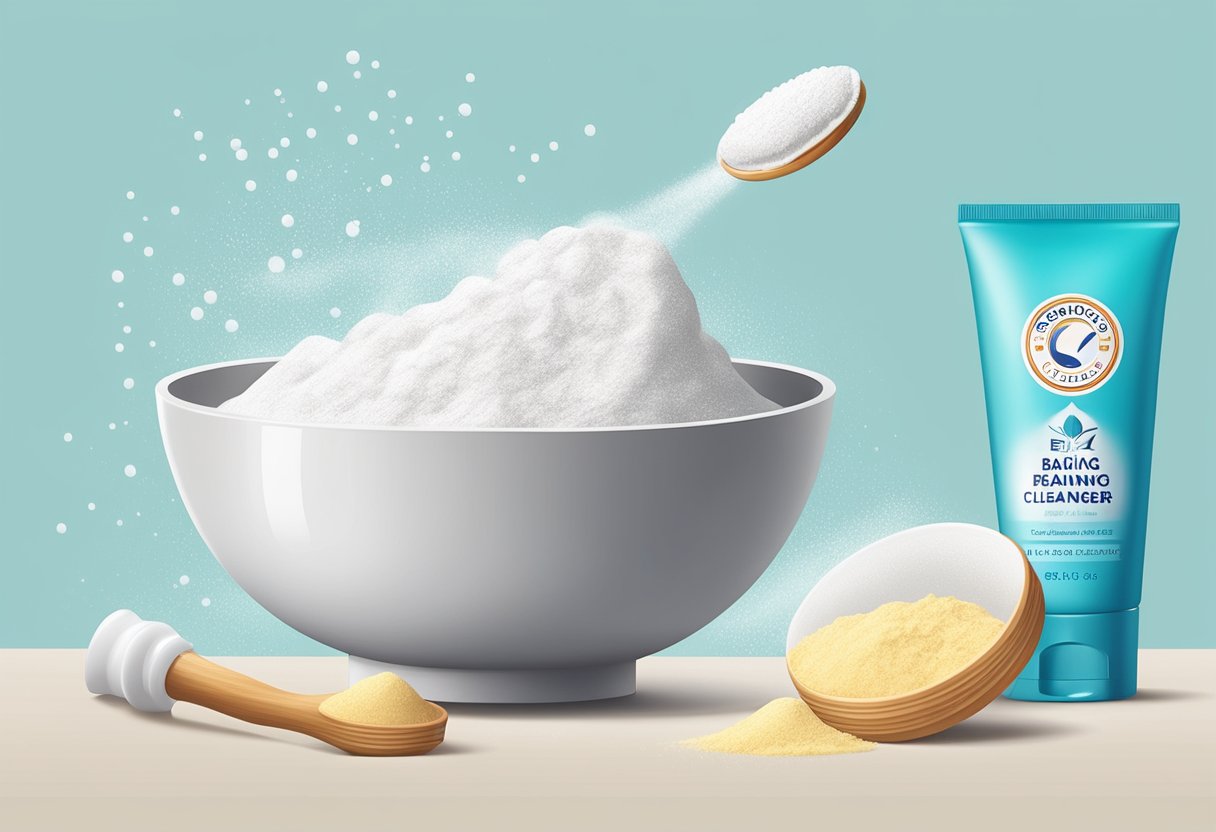
Composition of Baking Powder
Baking powder is a common household ingredient used in baking. It is a mixture of sodium bicarbonate (baking soda), cream of tartar (an acid), and a moisture absorber, usually cornstarch. The combination of these ingredients creates a chemical reaction that produces carbon dioxide gas, which causes baked goods to rise.
Properties Relevant to Skin Care
Baking powder has properties that make it useful for skin care, particularly in the treatment of blackheads. Its exfoliating properties help to remove dead skin cells and unclog pores, which can help to prevent the formation of blackheads. It also has antibacterial properties that can help to reduce inflammation and prevent the growth of bacteria that can contribute to the formation of blackheads.
When using baking powder for skin care, it is important to use it in the right way. Mixing baking powder with water or other ingredients can create a paste that can be applied to the skin. However, it is important to avoid applying the paste too aggressively, as this can cause irritation and damage to the skin. Instead, gently massage the paste into the skin and leave it on for a short period of time before rinsing it off with warm water.
Overall, baking powder can be a useful ingredient in the treatment of blackheads and other skin conditions. However, it is important to use it correctly and to avoid using it too frequently, as this can cause damage to the skin.
Preparation of Baking Powder Paste

Required Ingredients
To prepare a baking powder paste for blackheads, the following ingredients are required:
| Ingredients | Quantity |
|---|---|
| Baking Powder | 1 teaspoon |
| Water | Enough to make a paste |
Mixing Instructions
To prepare the baking powder paste, follow these simple instructions:
- Take a small bowl and add one teaspoon of baking powder.
- Add enough water to the bowl to make a paste.
- Mix the water and baking powder together until a smooth paste is formed.
- The paste should be thick enough to apply to the face, but not too thick that it cannot be spread easily.
- If the paste is too thick, add a little more water. If it is too thin, add a little more baking powder.
It is important to note that the baking powder paste should only be applied to the affected areas of the face. Concentrate on the T-zone area where blackheads are most common. Once the paste is applied, leave it on for about 3-5 minutes before washing it off with lukewarm water.
In conclusion, preparing a baking powder paste for blackheads is a simple and effective way to get rid of them. By following the above instructions, anyone can make a paste that is perfect for their skin type and needs.
Application Process
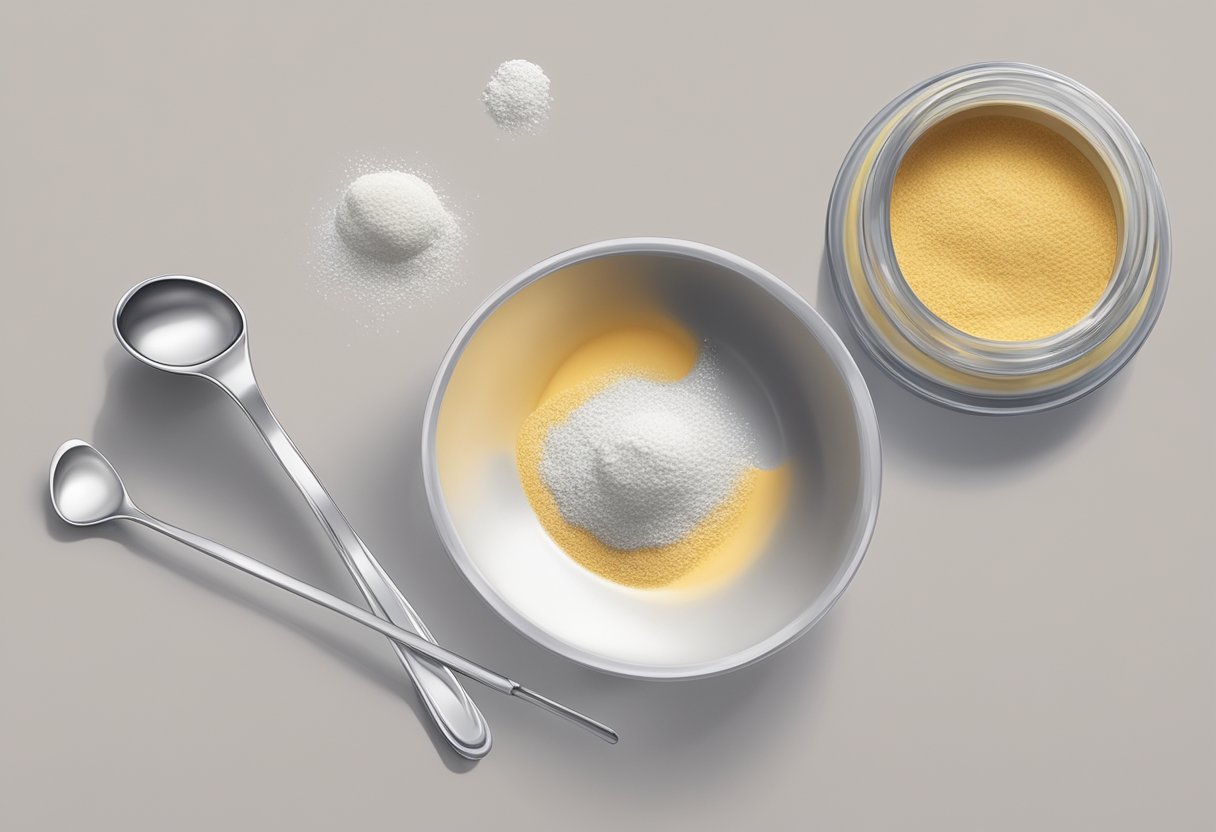
Skin Cleansing
Before applying baking soda paste on the face, it is essential to cleanse the skin to remove any dirt, oil, or makeup residue. One can use a gentle cleanser or face wash to clean the face thoroughly. Rinse the face with lukewarm water and pat dry with a clean towel.
Applying the Paste
To make the paste, mix one teaspoon of baking soda with one teaspoon of water. One can also use honey, lemon juice, or apple cider vinegar instead of water to make the paste. Mix the ingredients well to form a smooth paste. Apply the paste on the affected areas of the face, avoiding the eye area. Gently massage the paste on the skin using circular motions for about two to three minutes. Leave the paste on the face for about 10-15 minutes or until it dries.
Duration and Frequency
The duration of leaving the paste on the face may vary depending on the skin type. For sensitive skin, it is recommended to leave the paste on for 5-10 minutes, whereas, for normal to oily skin, one can leave the paste on for 15-20 minutes. After the paste dries, rinse the face with lukewarm water and pat dry. It is advisable to apply a moisturizer after using baking soda paste to keep the skin hydrated.
One can use baking soda paste for blackheads once or twice a week. Overusing baking soda paste can cause skin irritation and dryness. It is essential to perform a patch test before using baking soda paste on the face to avoid any allergic reactions.
Aftercare and Skin Maintenance
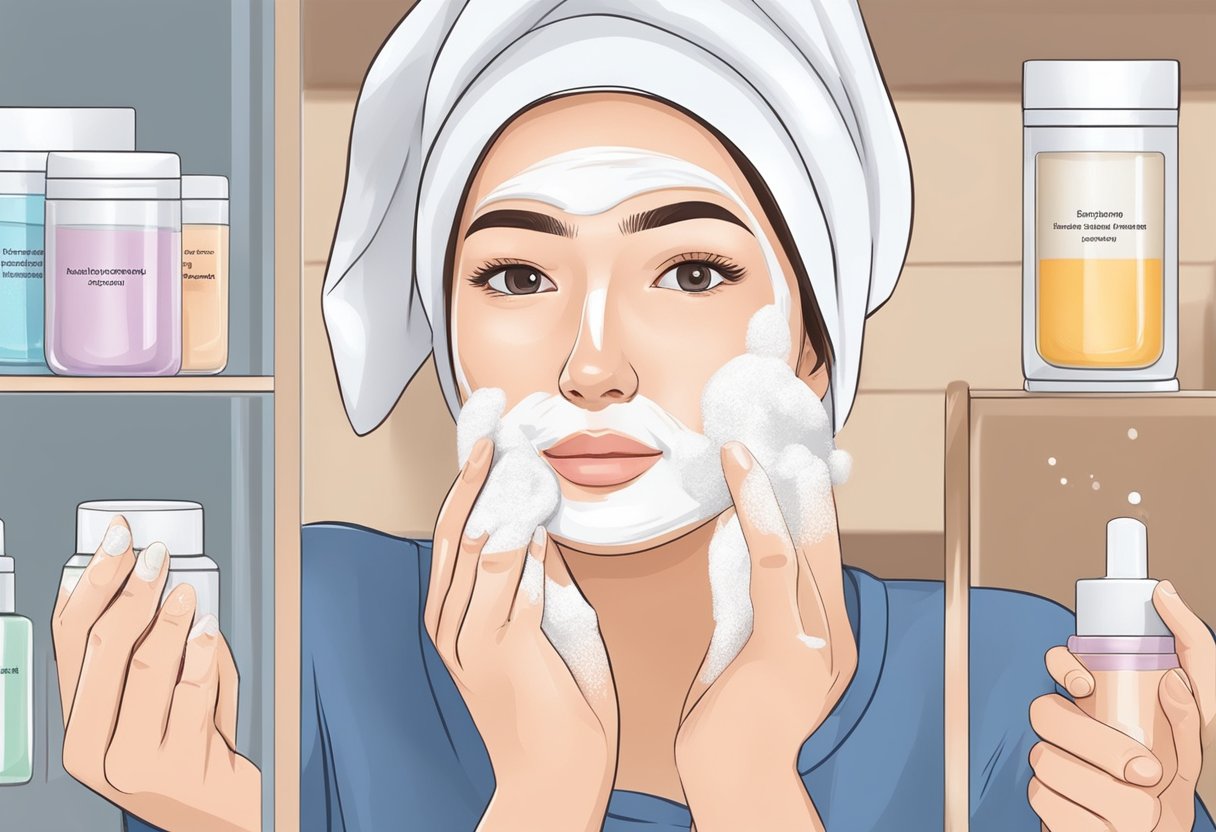
Rinsing the Paste
After applying the baking soda paste to the affected area, it is essential to rinse it off thoroughly. Leaving the paste on for too long may cause skin irritation, redness, and dryness. Rinse the paste off with lukewarm water and pat dry with a clean towel. Avoid using hot water as it can strip away natural oils from the skin, leading to dryness.
Post-Application Skin Care
After rinsing off the baking soda paste, it is crucial to take care of the skin to prevent further blackheads from forming. One way to do this is by applying a gentle moisturizer to the skin. Choose a moisturizer that is non-comedogenic, meaning it won’t clog pores. This will help to keep the skin hydrated and prevent the overproduction of oil, which can lead to blackheads.
Another way to maintain healthy skin after using baking soda for blackheads is by using a gentle cleanser. A gentle cleanser will help to remove any dirt, oil, and makeup that may have accumulated on the skin throughout the day. It is essential to avoid harsh cleansers that can strip away natural oils from the skin and cause dryness.
Lastly, it is essential to avoid touching the face with dirty hands and to change pillowcases regularly. This will help to prevent the accumulation of bacteria and oil on the skin, which can lead to blackheads and other skin issues. By following these tips, one can maintain healthy and clear skin after using baking soda for blackheads.
Potential Benefits and Effects
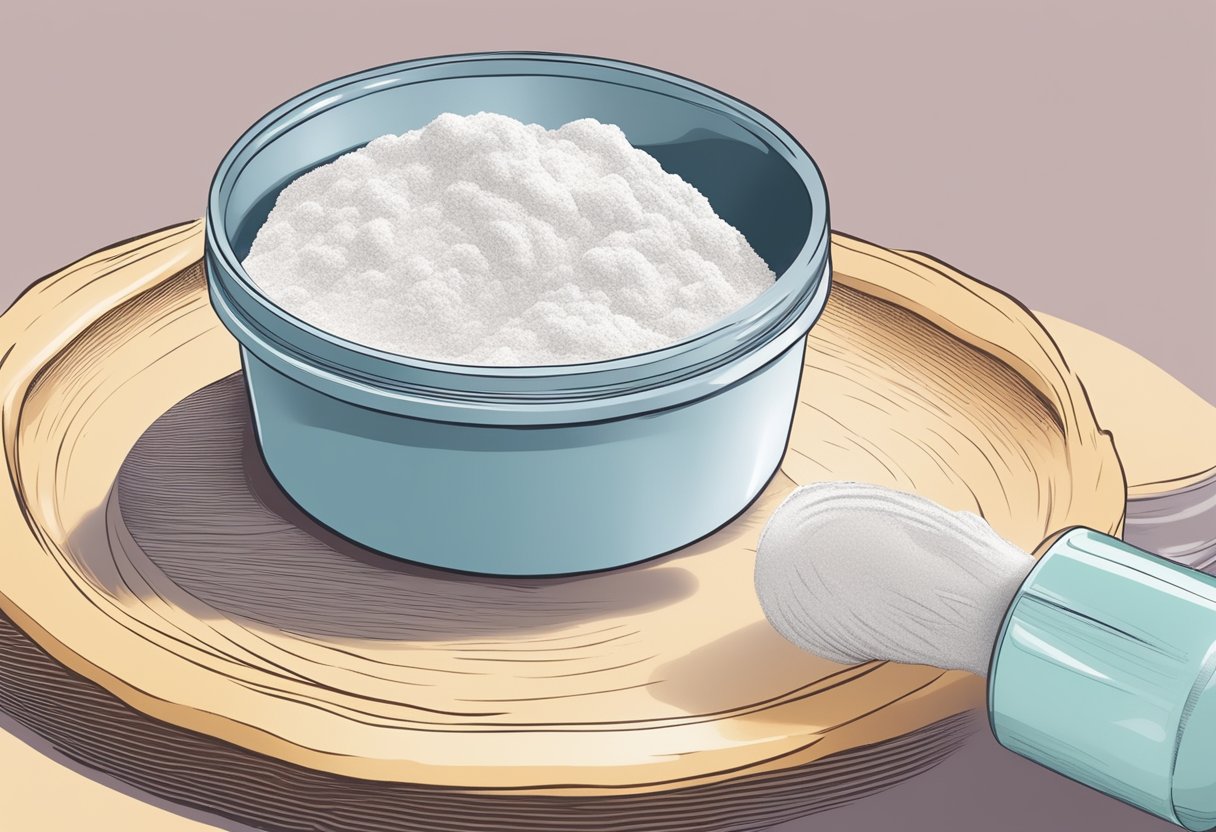
Exfoliation Properties
Baking soda has exfoliating properties that can help remove dead skin cells from the skin’s surface. This gentle exfoliation can help unclog pores, which is essential in preventing blackheads. The exfoliating properties of baking soda can also help to make the skin smoother and softer.
Blackhead Removal Efficacy
Baking soda is an effective remedy for blackheads. It can help to remove blackheads by gently exfoliating the skin and unclogging pores. Baking soda can also help to balance the skin’s pH level, which can prevent the overproduction of oil that can lead to blackheads. However, it is important to note that baking soda should be used in moderation, as overuse can cause skin irritation and dryness.
In conclusion, baking soda has potential benefits for blackhead removal. Its exfoliating properties and ability to balance the skin’s pH level make it an effective remedy for blackheads. However, it is important to use baking soda in moderation to avoid skin irritation and dryness.
Precautions and Considerations
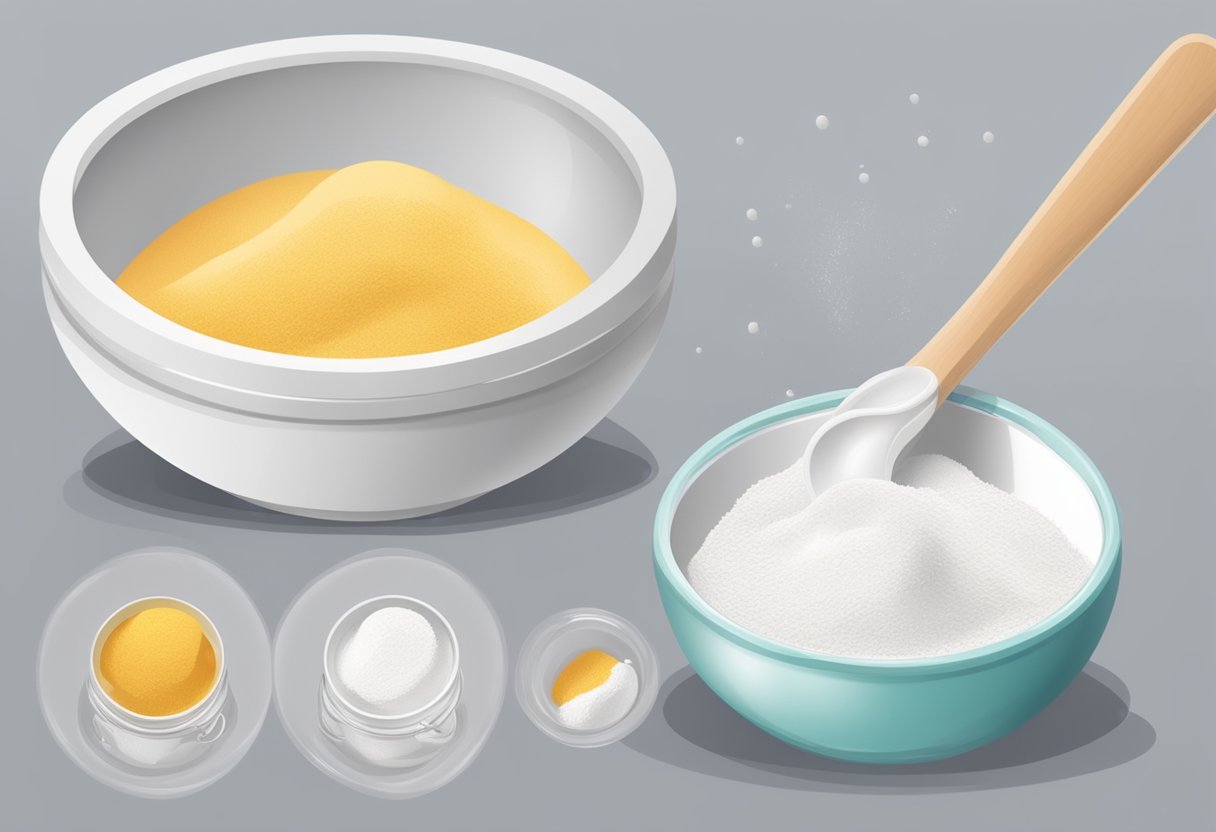
Skin Sensitivity and Allergies
Before using baking soda for blackheads, it is important to consider your skin type and any allergies you may have. Baking soda is generally safe for most skin types, but it can cause irritation or allergic reactions in some people. If you have sensitive skin, it is recommended to do a patch test first by applying a small amount of the mixture to the inside of your wrist and waiting 24 hours to see if there is any reaction.
If you have a known allergy to baking soda or any of the other ingredients commonly used in DIY blackhead treatments, such as lemon juice or honey, it is best to avoid using them altogether. In case of any allergic reactions or skin irritation, it is recommended to stop using the treatment and consult a dermatologist.
Avoiding Overuse
While baking soda can be an effective treatment for blackheads, it is important to use it in moderation. Overuse of baking soda can lead to dryness, redness, and irritation of the skin. It is recommended to use the baking soda mixture no more than once or twice a week, depending on your skin type and sensitivity.
When applying the baking soda mixture, it is important to be gentle and avoid scrubbing too hard. Using too much pressure or scrubbing too vigorously can damage the skin and make blackheads worse. It is also important to avoid leaving the mixture on the skin for too long, as this can cause irritation and dryness.
Overall, baking soda can be a safe and effective treatment for blackheads when used properly and in moderation. By following these precautions and considerations, you can help ensure that your skin remains healthy and free of blackheads.
Frequently Asked Questions
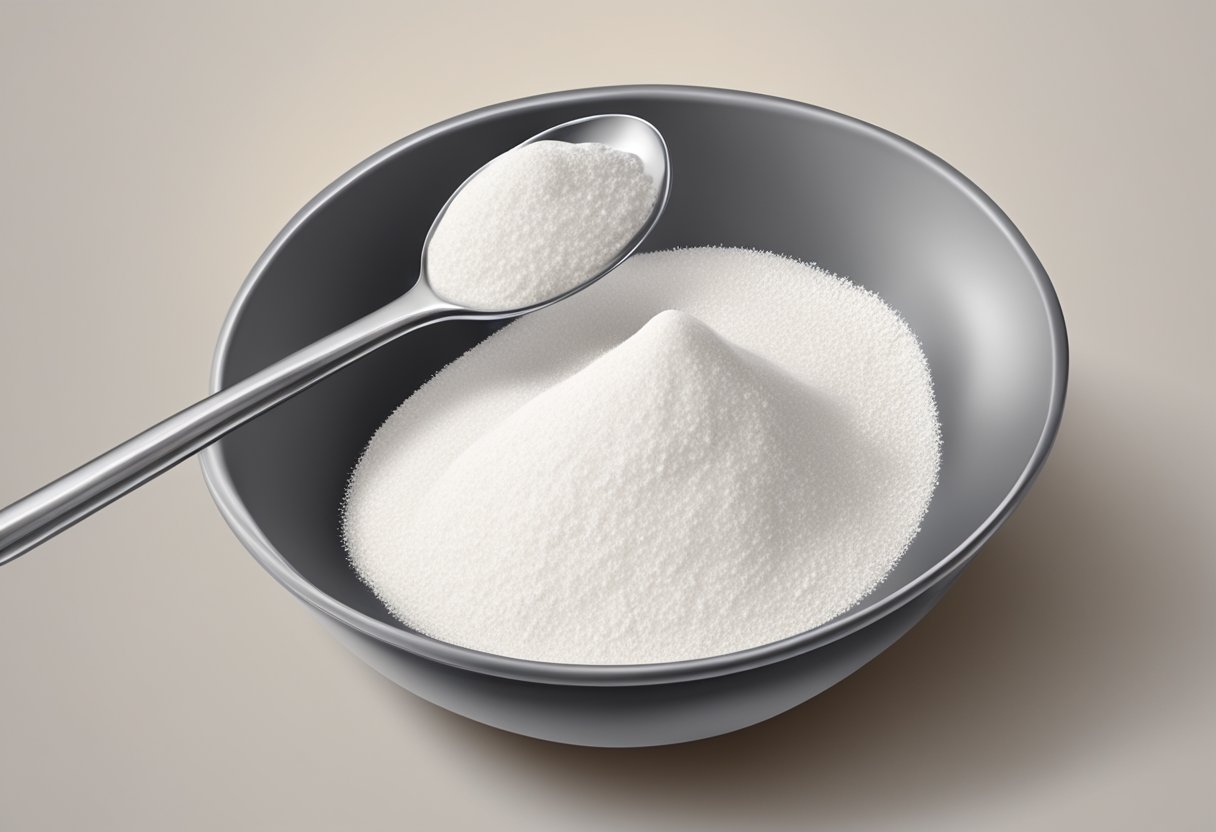
What is the proper way to apply baking soda to remove blackheads?
To use baking soda for blackheads, you should mix equal parts of baking soda and water to form a paste. Then, apply the paste to the affected area and gently massage it in a circular motion for 2-3 minutes. After that, rinse it off with lukewarm water and pat dry. It is important to not overuse baking soda, as it can be harsh on the skin and lead to irritation.
Can baking soda be safely used on sensitive facial skin?
While baking soda can be an effective remedy for blackheads, it may not be suitable for everyone. People with sensitive skin should be cautious when using baking soda, as it can cause irritation and redness. It is recommended to do a patch test before applying baking soda to the entire face. If there is no adverse reaction, then it can be used safely.
What precautions should be taken when using baking soda on the nose for blackheads?
When using baking soda on the nose for blackheads, it is important to avoid scrubbing too hard, as it can damage the skin. It is also important to not leave the paste on for too long, as it can lead to dryness and irritation. It is recommended to use baking soda once or twice a week, depending on the severity of the blackheads. If there is any discomfort or irritation, it is best to discontinue use.

